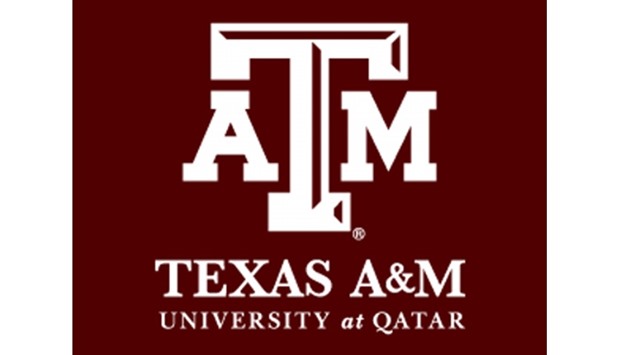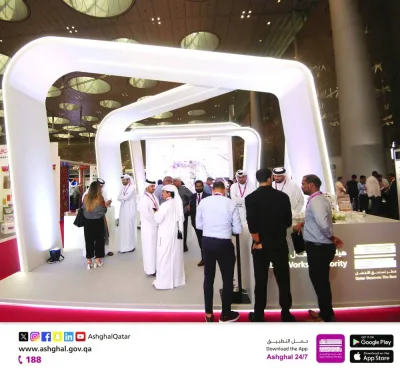Texas A&M University at Qatar’s research programme received multiple accolades during the recently concluded Annual Research Conference 2016 (ARC’16) of Qatar Foundation.
Dr Shehab Ahmed, an associate professor in the Electrical and Computer Engineering Programme, Tamuq, received the Best Research Project of the Year Award for his project, ‘HVDC Architectures for Offshore Grid Connected Wind Energy Systems,’ in which he and his team of researchers developed a suite of novel power conversion technologies that aid in integrating renewables into the power grid.
This is the second year in a row that a Texas A&M at Qatar faculty member has received this award.
Another repeat winner from last year was the branch campus’ research office, which was named Best Research Office of the Year for a second year in a row - and the fourth time in the past five years.
Aya Safan, a master’s student in the chemical engineering programme, won the second-place Best Poster Award in the Energy and Environment Pillar. Receiving the first-place UREP (Undergraduate Research Experience Programme) Oral Presentation Award was the team of Abdulla al-Sowaidi, Bilal al- Assadi
and Jawad Yamine.
Mohamed al-Hashimi, a research scientist in the Science Programme, received the Best Research Presentation Award in the Energy and Environment Pillar.
Other faculty researchers - Dr Bing Guo, Dr Erchin Serpedin, Dr Qammer Hussain Abbasi, Dr Kumaran Kannaiyan and Dr Reza Sadr - were shortlisted in the Top 10 at the inaugural Best Representative Image of an Outcome (BRIO) competition. Kannaiyan and Sadr’s image, ‘Converting Liquid Fuel into Small Droplets,’ won second prize.
“The research that happens at Texas A&M at Qatar every day contributes new knowledge and is helping to drive Qatar’s transition to a knowledge-based society,” said Dr Ann Kenimer, interim dean of Texas A&M at Qatar. “These awards from Qatar National Research Fund (QNRF) demonstrate the high quality of research conducted here and illustrates the world-class calibre of our faculty and research staff.”
Tamuq also received funding for 16 proposals. The submitted proposals went through a two-tier review process - peer review and programmatic review and the QNRF Directors Committee endorsed the final decision. Tamuq had submitted a total of 44 proposals and had a 36% success rate.

..


